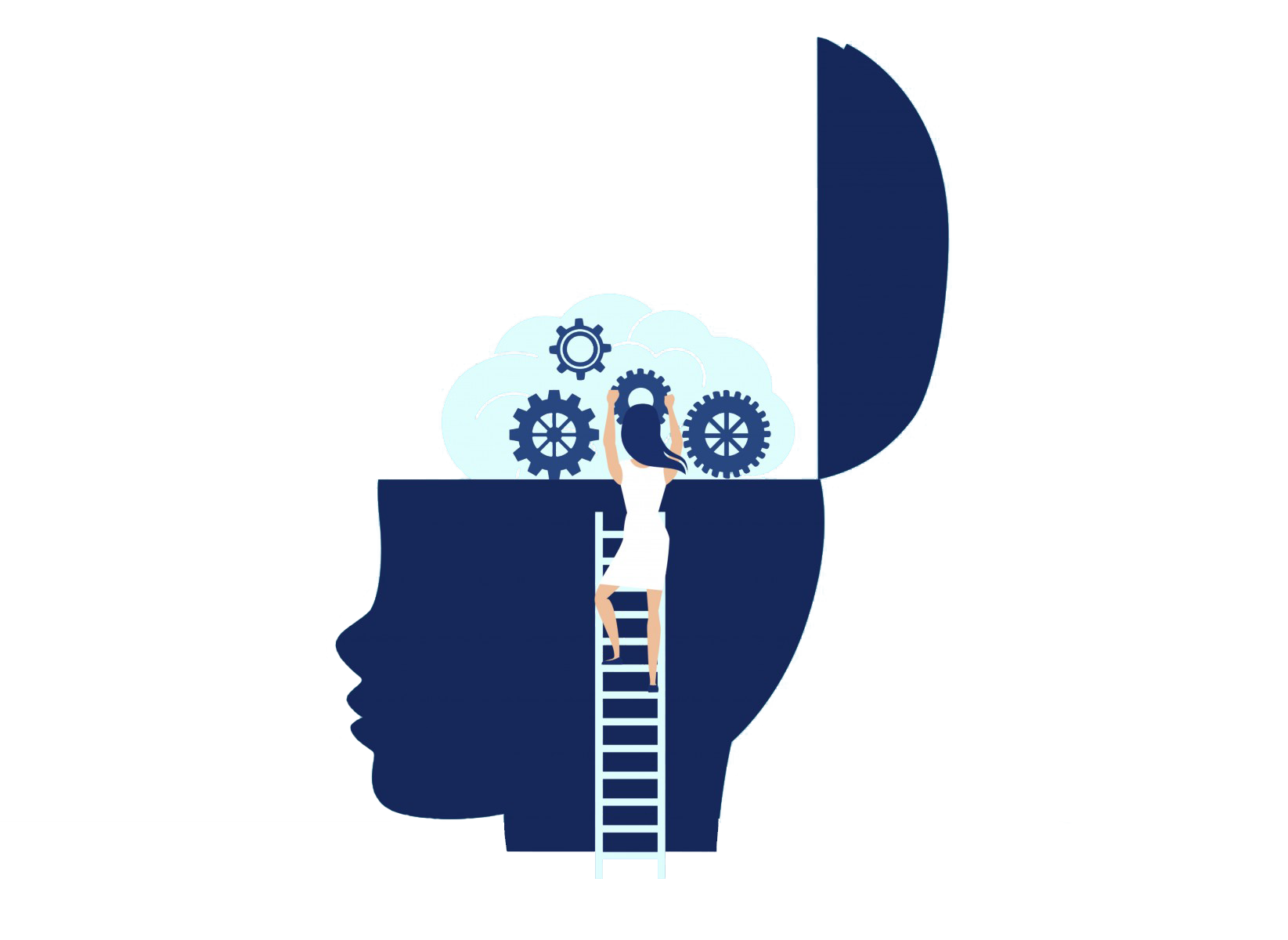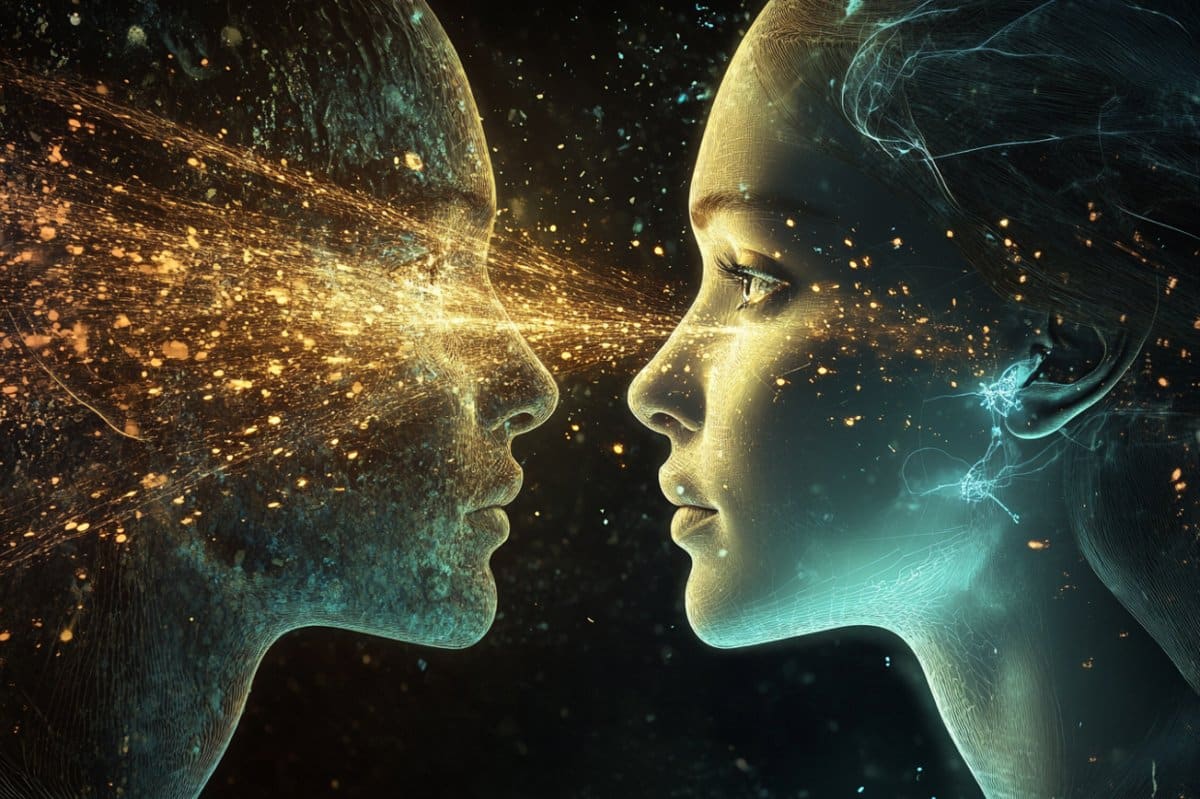Summary: Humans can detect another person’s intentions just by observing their eyes, even before any movement takes place. In experiments where participants watched video clips of people about to shift their gaze, viewers responded faster when the gaze was self-directed rather than instructed.
This suggests that eye movements contain subtle cues about intention, which we’re wired to recognize instantly. The findings point to an evolved social mechanism that enables quick, non-verbal exchanges of complex information—potentially crucial in early human survival.
Key Facts:
- Intention Detection: Viewers identified eye movement direction faster when the person on screen chose where to look, indicating sensitivity to intent.
- Subtle Motion Cues: Freely chosen gaze shifts involved more eye-area movement, suggesting physical cues signal intentionality.
- Evolutionary Role: Eye-reading may have evolved to enable silent, efficient communication critical for survival.
Source: McGill University
McGill researchers have demonstrated something long assumed: that glances can transmit information about one’s mental state to others without a single word being exchanged.
They speculate that this primal ability may have played a role in assuring survival of human society at times when making a sound could have attracted predators.
“Humans have a long history of living in complex groups and social situations. It has been theorized that this has led our brains to develop a heightened ability to focus on social cues from faces, and especially from eyes,” said Jelena Ristic, a Professor in McGill’s psychology department. She has been working in the field for over 20 years.
“It’s a system that has evolved to support very quick exchanges of complex social information.”
“Gaze-following is thought to provide a foundation for our social development and behaviour.
“It helps us to understand what others are thinking, looking or wanting, as well as to connect with them mentally, so we follow where others are looking quickly and spontaneously. Even young human infants and primates do it,” she said.
Able to glean intentions by looking at eyes
Ristic is the senior author on a research paper describing a series of seemingly simple experiments in which participants viewed videos in which people on screen looked either right or left.
Sometimes the subjects on screen had been instructed to look in one direction or the other, and other times they were allowed to choose where to look.
Videos were paused just before the subjects moved their eyes, and the observers were asked to predict the direction that the subjects were going to look next.
The researchers discovered that when the people on screen were free to choose the direction of their gaze – what the researchers called “intentional looks” – the observers’ rate of accuracy was not affected. However, those who predicted correctly were able to do so more quickly.
In other words, the observers were able to glean intentions in the eyes before any action had taken place.
“The speed of the observers’ responses suggests that they implicitly recognize and respond more quickly to intentional eye movements. It also told us how sensitive we are to information about the mental state and intentions conveyed by the eyes,” said Florence Mayrand, a PhD candidate in the Department of Psychology and the paper’s first author.
Characteristics of eye movements may provide clues about intentions
To try to understand why observers were able to guess eye-shift direction more quickly when people on screen had been left free to choose the direction in which they would look, the researchers analyzed the amount of motion available in the eye movement video.
More movement was found in the area near the eyes right before the gaze shift when the gazers could choose freely where to look than when they had been told which way to look. This suggested to the investigators that intentional looks are marked by specific movement patterns.
To further understand whether intentional looks have any special physical properties to which people are inherently sensitive, the researchers are currently measuring the speed, trajectory, duration and the number of blinks and blink characteristics for intentional and directed looks in a new sample of study participants.
Following this, they plan to examine whether these fundamental properties differ according to the intentions of the person looking in one direction or the other, for example, whether they are intending to deceive or help; how the ability to read intentions from eye gaze develops; what its underlying brain mechanisms are; and whether there any differences in sensitivity to intentions in gaze for groups with social difficulties, such as adults or children with autism or ADHD.
Funding
Social Sciences and Humanities Council of Canada (SSHRC), Natural Science and Engineering Council of Canada (NSERC) and McGill University.
About this visual neuroscience research news
Author: Katherine Gombay
Source: McGill University
Contact: Katherine Gombay – McGill University
Image: The image is credited to Neuroscience News
Original Research: Open access.
“Intentional looks facilitate faster responding in observers” by Florence Mayrand et al. Communications Psychology
Abstract
Intentional looks facilitate faster responding in observers
Humans construct rich representations of other people’s mental states.
Here we investigated how intentionality in eye gaze affected perception and responses to gaze. Observers viewed videos of human gazers looking left or right.
Unbeknownst to the observers, the gazers could either choose where to look (self-chosen gaze) or were explicitly instructed where to look (computer-instructed gaze).
In Experiment 1, observers reported the direction of the gazer’s upcoming look before the eye movement was initiated. Faster responses were found for self-chosen relative to computer-instructed gaze.
In Experiments 2 and 3, observers responded by reporting the location of a peripheral target that appeared at the gazed-at or not gazed-at location.
Faster responses were found for gazed-at relative to not gazed-at targets and at longer cue-target intervals for self-chosen relative to computer-instructed gaze.
The examination of the eye movement kinematics indicated that self-chosen gaze shifts were marked by a larger magnitude of motion within the eye region prior to the eye movement occurring relative to computer-instructed ones.
Thus, perceived intentionality in eye gaze facilitates responses in observers with the information about mental states communicated via subtle properties of eye motion.





